Saint of the Day – 28 April – St Louis Marie Grignion de Montfort (1673-1716) Priest, Founder, Confessor, Writer, Poet, Apostle of the Holy Eucharist and Adoration, Apostle of the Blessed Virgin Mary, Apostle of the Holy Rosary, Preacher, Missionary Apostolic. St Louis was born on 31 January 1673 at Montfort-La-Cane, Brittany, France – he Died on 28 April 1716 at Saint-Laurent-sur-Sovre, France of natural causes. He was Canonised on 20 July 1947 by Pope Pius XII. Patronages: preachers, Brothers of Saint Gabriel, Company of Mary, Daughters of Divine Wisdom.
St Louis was known in his time as a preacher and was made a missionary apostolic by Pope Clement XI. As well as preaching, he found time to write a number of books which went on to become classic Catholic titles and influenced several popes. He is particularly renowned for his great devotion to the Blessed Virgin Mary and the practice of praying the Rosary. He is considered as one of the forerunner writers in the field of Mariology. His most notable works regarding Marian devotions are contained in The Secret of Mary and the True Devotion to Mary. A “founders statue” created by Giacomo Parisini is located in an upper niche of the south nave of Saint Peter’s Basilica.
Today the universal Church celebrates the feast day of Louis-Marie de Monfort, a 17th century saint who is revered for his intense devotion to the Blessed Virgin Mary.
St Louis Marie is perhaps most famously known for his prayer of entrustment to Our Lady, “Totus Tuus ego sum,” which means, “I am all yours.” The St Pope John Paul II took the phrase “Totus Tuus” as his episcopal motto.
Born in Montfort, Brittany, on 31 January 1673, St Louis Marie possessed a strong devotion to the Blessed Sacrament as a child and was also intimately devoted to the Blessed Virgin, especially through the Rosary. He took the name Marie at his confirmation.
He was ordained a priest in June 1700 and assigned to Nantes. His great desire was to go to the foreign missions, preferably to the new French colony of Canada but his spiritual director advised against it. His letters of this period show that he felt frustrated from the lack of opportunity to preach as he felt he was called to do.
In November 1700 he joined the Third Order of the Dominicans and asked permission not only to preach the rosary but also to form rosary confraternities. He began to consider the formation of a small company of priests to preach missions and retreats under the standard and protection of the Blessed Virgin. This eventually led to the formation of the Company of Mary. At around this time, he first met Blessed Marie Louise Trichet (1684-1759) when he was appointed the chaplain of the hospital of Poitiers. That meeting became the beginning of Blessed Marie Louise’s thirty-four years of service to the poor.
He set off to make a pilgrimage to Rome, to ask Pope Clement XI, what he should do. The Pope recognised his real vocation and, telling him that there was plenty of scope for its exercise in France, sent him back with the title of Apostolic Missionary. On his return from his long pilgrimage to Rome, Montfort made a retreat at Mont Saint Michel “to pray to this archangel to obtain from him the grace to win souls for God, to confirm those already in God’s grace, and to fight Satan and sin”. These occasions gave him time to think, contemplate and write.

For several years he preached in missions from Brittany to Nantes. As his reputation as a missioner grew, he became known as “the good Father from Montfort”.
He left Nantes and the next several years were extraordinarily busy for him. He was constantly occupied in preaching missions, always walking between one and another. Yet he found time also to write – his True Devotion to Mary, The Secret of Mary and the Secret of the Rosary, rules for the Company of Mary and the Daughters of Wisdom and many Hymns. His missions made a great impact, especially in the Vendée. The heated style of his preaching was regarded by some people as somewhat strange and he was poisoned once. Although it did not prove fatal, it caused his health to deteriorate. Yet he continued, undeterred. He went on preaching and established free schools for the poor boys and girls.

Daughters of Wisdom
The bishop of La Rochelle had been impressed with Montfort for some time and invited him to open a school there. Montfort enlisted the help of his follower Marie Louise Trichet who was then running the General Hospital in Poitiers. In 1715 Marie Louise and Catherine Brunet left Poitiers for La Rochelle to open the school there and in a short time it had 400 students. On 22 August 1715, Trichet and Brunet, along with Marie Valleau and Marie Régnier from La Rochelle received the approbation of Bishop de Champflour of La Rochelle to make their religious profession under the direction of Montfort. At the ceremony Montfort told them: “Call yourselves the Daughters of Wisdom for the teaching of children and the care of the poor.” The Daughters of Wisdom grew into an international Order and the placing of Montfort’s founders statue in Saint Peter’s Basilica was based on that Order.
Death and burial
Worn out by hard work and sickness, he finally came in April 1716 to Saint-Laurent-sur-Sèvre to begin the mission which was to be his last. During it, he fell ill and died on 28 April of that year. He was 43 years old and had been a priest for only 16 years. His last sermon was on the tenderness of Jesus and the Incarnate Wisdom of the Father. Thousands gathered for his burial in the parish church and very quickly there were stories of miracles performed at his tomb. Exactly 43 years later, on 28 April 1759, Marie Louise Trichet also died in Saint-Laurent-sur-Sèvre and was buried next to Montfort. On 19 September 1996, St Pope John Paul II (who beatified Trichet) came to the same site to meditate and pray at their adjacent tombs.

Spirituality
“God Alone”: was the motto of Saint Louis and is repeated over 150 times in his writings.
The Incarnation: “The Incarnation of the Word is for him the absolute central reality.”
Love of the Blessed Virgin Mary
Fidelity to the Cross
Missionary Zeal
Total Consecration to Mary
In Montfort’s approach to Marian consecration, Jesus and Mary are inseparable. He views “consecration to Jesus in Mary” as a special path to being conformed to, united and consecrated to Christ, given that:
” …of all creatures the one most conformed to Jesus Christ, it follows that among all devotions that which most consecrates and conforms a soul to our Lord is devotion to Mary, His Holy Mother and that the more a soul is consecrated to her, the more will it be consecrated to Jesus Christ.”
“God the Father made an assemblage of all the waters and He named it the sea. He has made an assemblage of all His graces and He has called it Mary.”
Louis de Montfort influenced a number of popes
In the 19th century, Pope Pius IX considered it the best and most acceptable form of Marian devotion, while Pope Leo XIII granted indulgences for practicing Montfort’s method of Marian consecration. Leo beatified Montfort in 1888, selecting for Montfort’s beatification the day of his own Golden Jubilee as a priest.
In the 20th century St Pope Pius X acknowledged the influence of Montfort’s writings in the composition of his encyclical Ad diem illum.
Pope Pius XI stated that he had practised Montfort’s devotional methods since his early youth. Pope Pius XII declared Montfort a saint and stated that Montfort is the guide “who leads you to Mary and from Mary to Jesus.”
St Pope John Paul II once recalled how as a young seminarian he “read and reread many times and with great spiritual profit” a work of de Montfort and that: “Then I understood that I could not exclude the Lord’s Mother from my life without neglecting the will of God-Trinity.” According to his Apostolic Letter Rosarium Virginis Mariae, the pontiff’s personal motto was “Totus Tuus.” The thoughts, writings, and example of St Louis de Montfort were also singled out by St Pope John Paul II’s encyclical Redemptoris Mater as a distinctive witness of Marian spirituality in the Roman Catholic tradition
While the saint is best known for his spiritual writings, he was also a poet and during his missions managed to compose more than 20,000 verses of hymns. Montfort’s hymns and canticles were, for the most part, meant to be sung in village churches and in the homes of the poor. Some authors argue that a reading of Saint Louis’s hymns is essential for an understanding of him as a man and for appreciating his approach to spirituality. He is also said to have carved at least three statues depicting the Madonna and Child.
St Louis Marie Grignion de Montfort, Pray for us!

































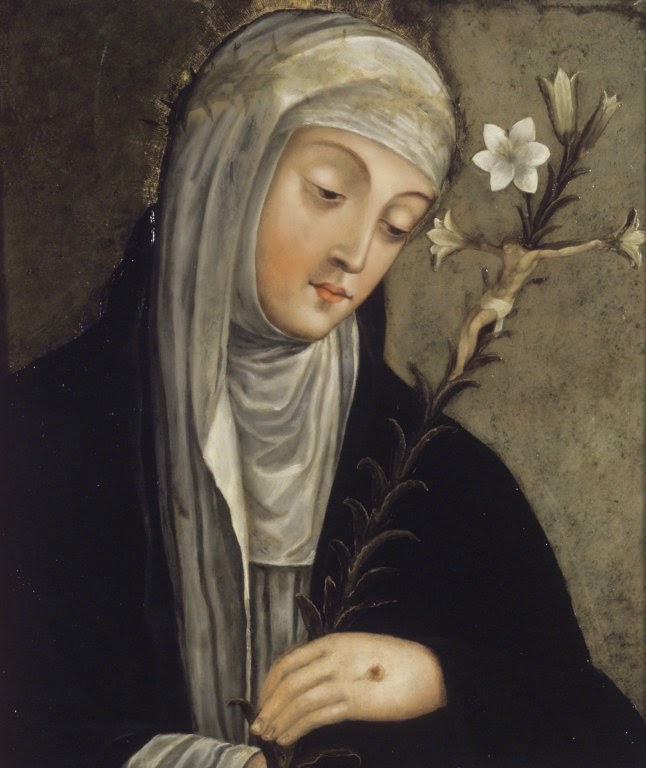


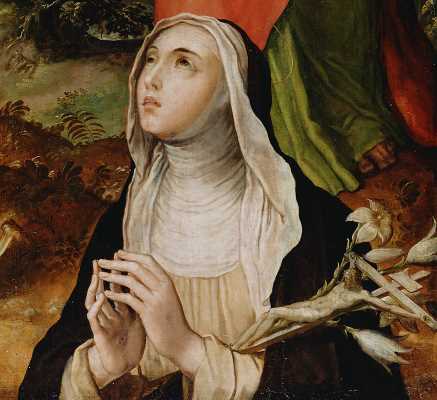
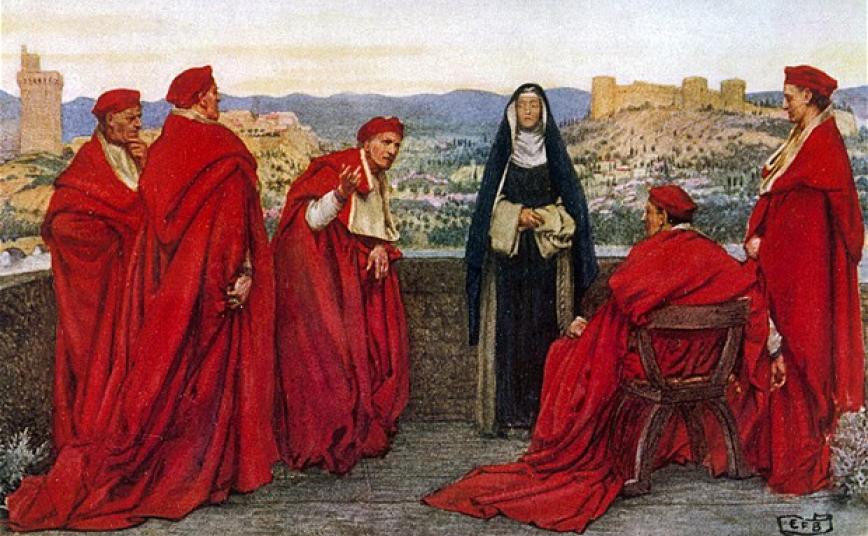


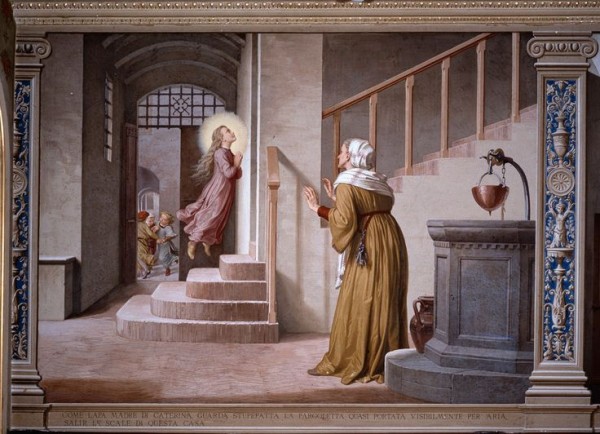
 The Oratory of the Bedroom: this houses the small cubicle where Catherine rested and prayed and the stone where the saint would lay her head. This space is connected with the first phase of Catherine’s life, where she would withdraw from the world in contemplation. Images below.
The Oratory of the Bedroom: this houses the small cubicle where Catherine rested and prayed and the stone where the saint would lay her head. This space is connected with the first phase of Catherine’s life, where she would withdraw from the world in contemplation. Images below.







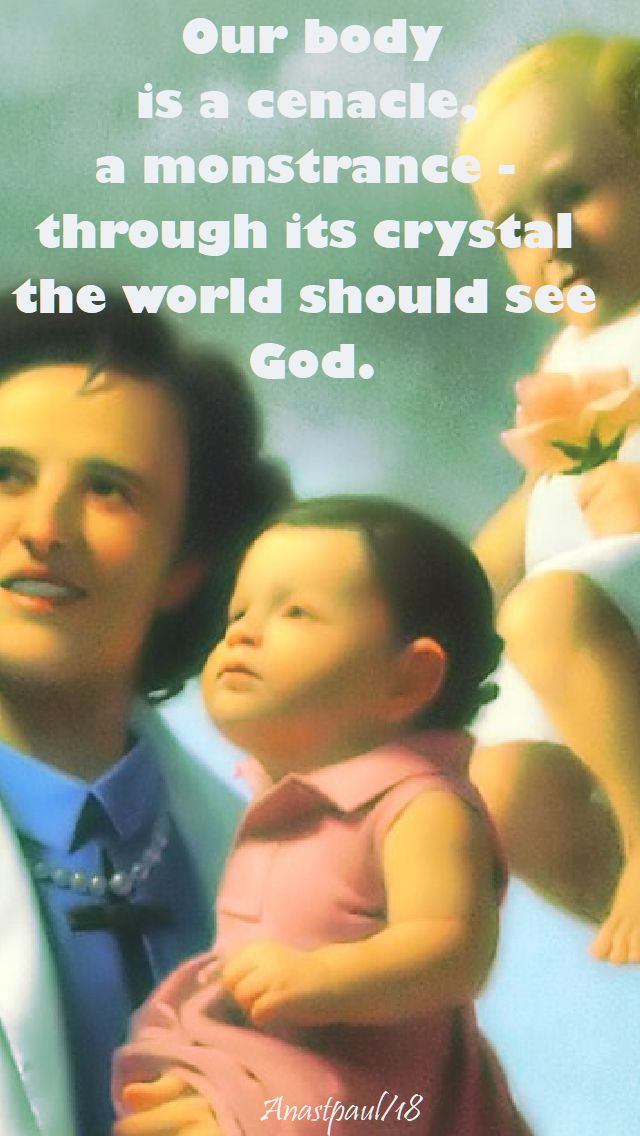

















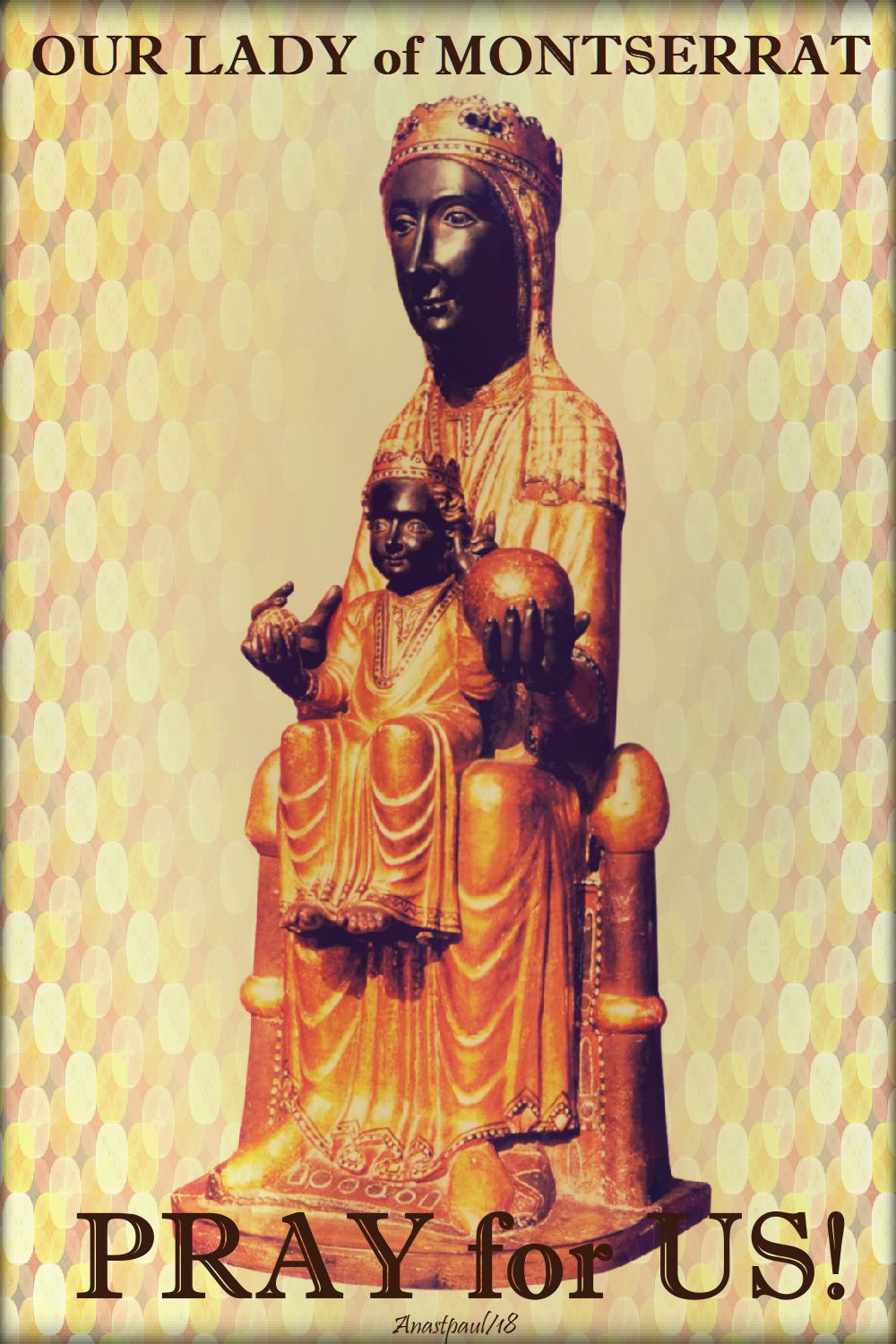






































You must be logged in to post a comment.